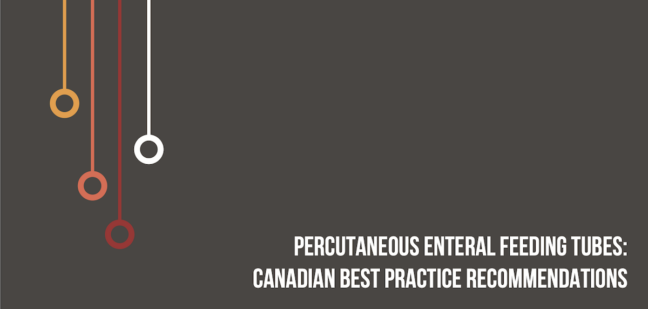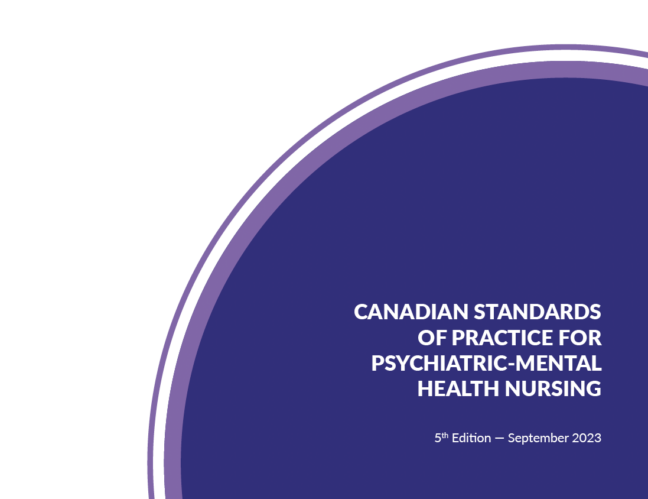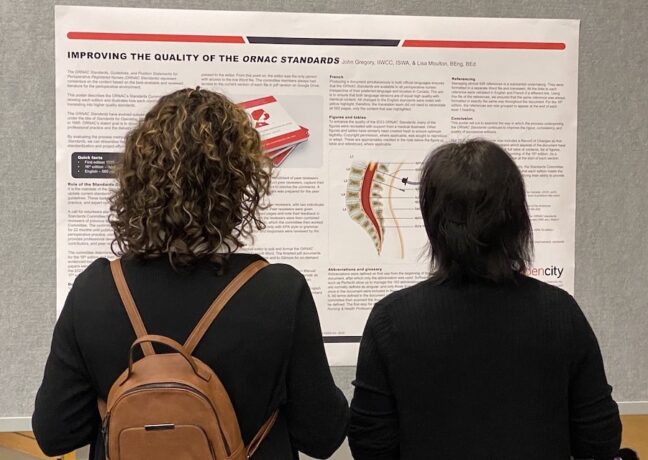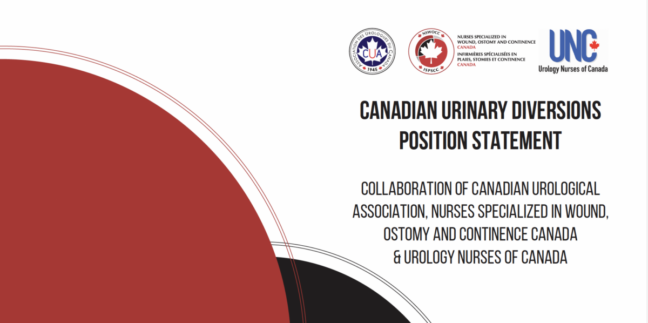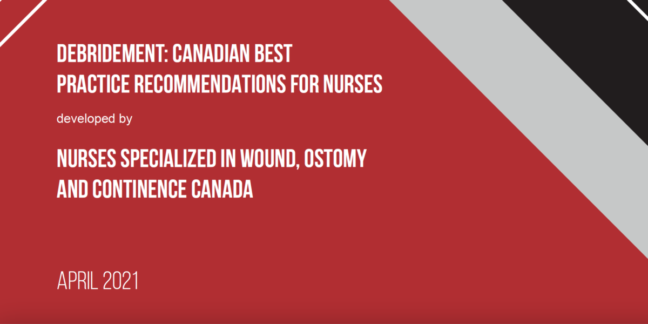Food plays a vital role in human development, culture, and interactions. Nutritional demands can still be met for those unable to consume food normally. The enteral route bypasses the nose and mouth and passes directly through the skin of the abdomen to reach the digestive system. This is termed percutaneous enteral feeding.
In this case study, we explore the development and launch of these feeding tube best practice recommendations by Nurses Specialized in Wound, Ostomy and Continence Canada.
Continue reading Enteral Feeding Tube Recommendations for Nurses | Case Study
